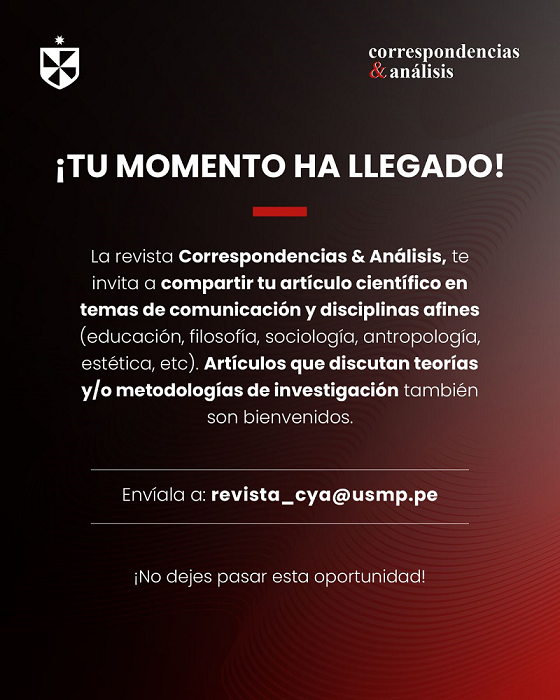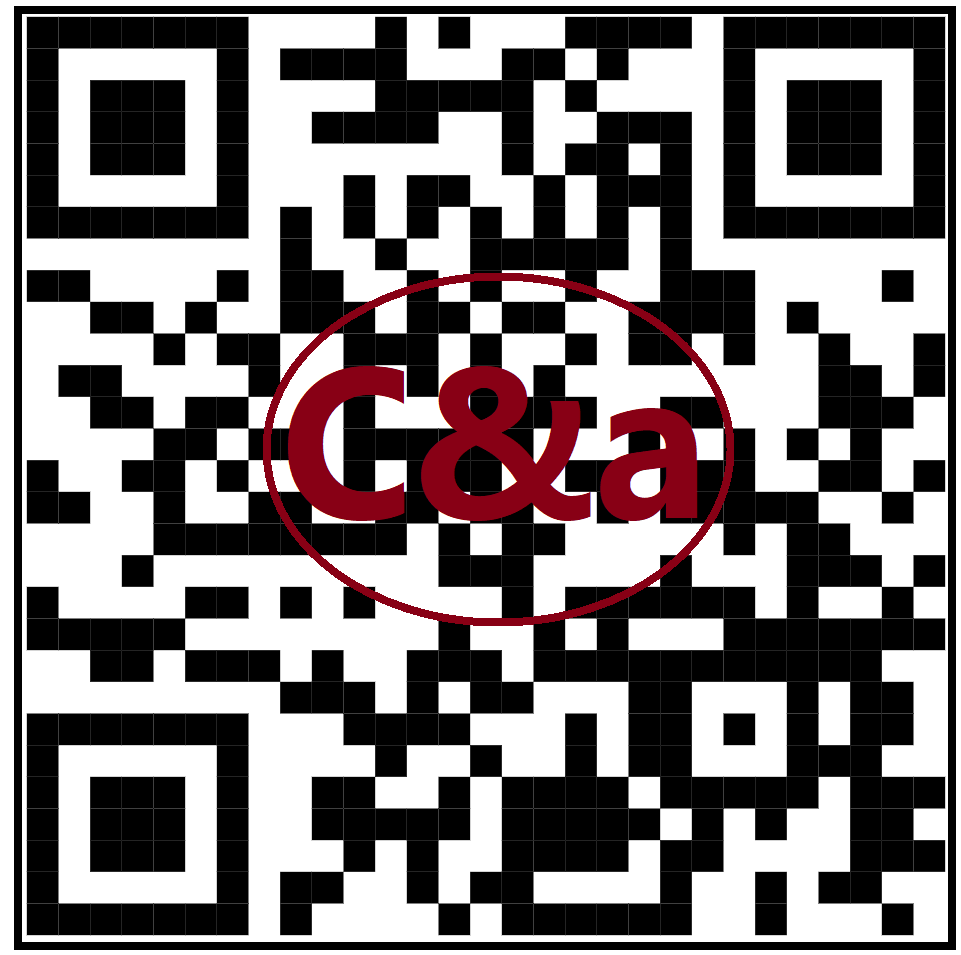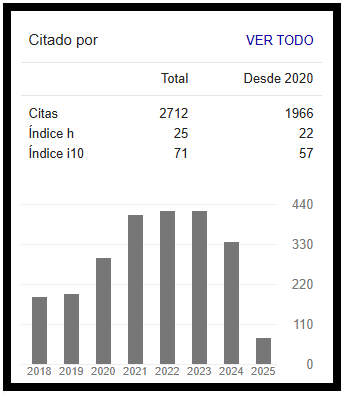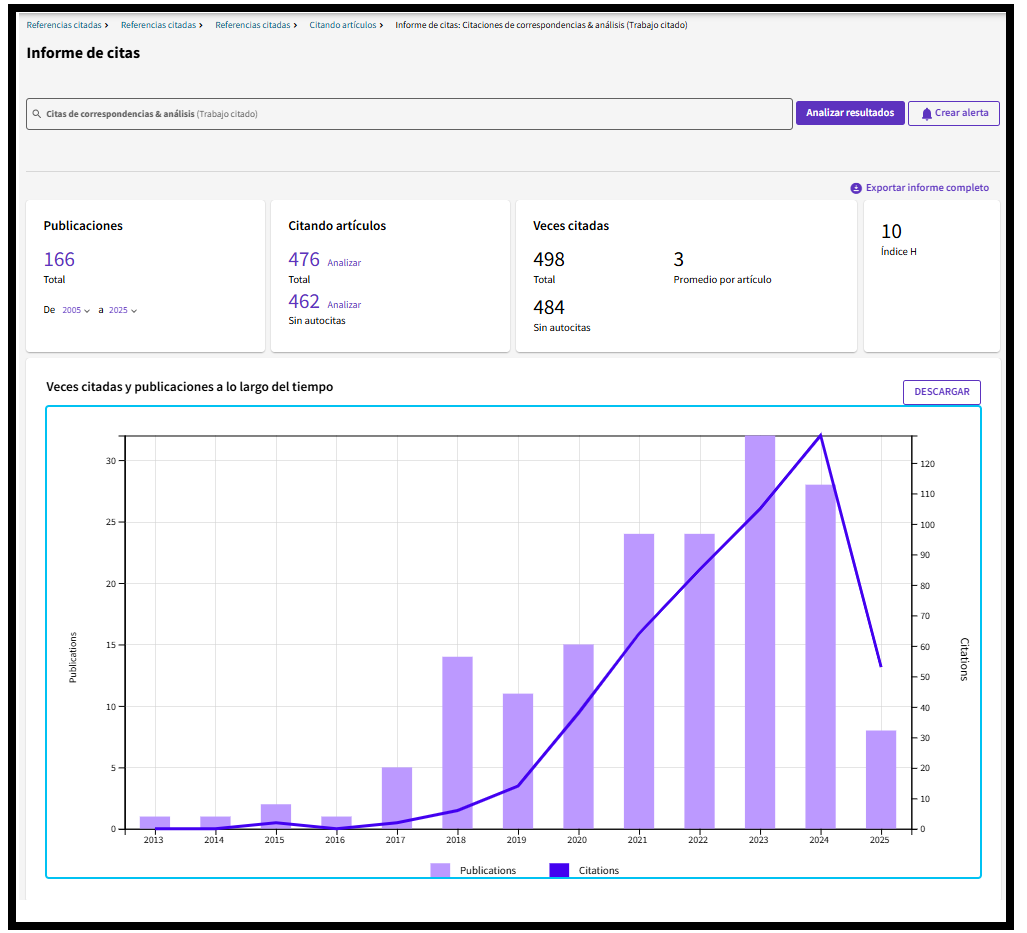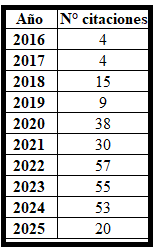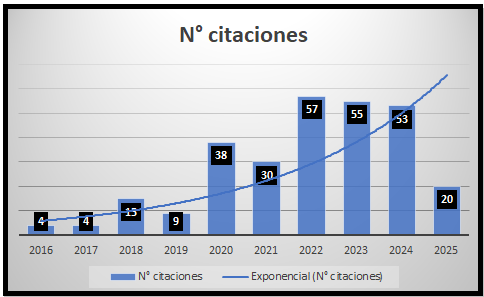Critical reading of media in school textbooks from the educational communication
DOI:
https://doi.org/10.24265/cian.2015.n5.14Keywords:
Critical Lecture of the Media, Media Alphabetization, CoursebooksAbstract
This article focuses on the results of a research on the concept of critical reading of the media in school coursebooks from seventh grade in primary school to second grade in secondary school, by considering the point of view of the communication and educational areas. The aim is to know the concept of critical reading that is present in the coursebooks given by the Ministry of Education, in order to establish the levels of media alphabetization that are given by the several contents and activities inside the learning resources. The results indicates that the methodology proposed for the teaching of the media’s critical readings in coursebooks focuses on an education “through” the media, by emphasizing the functional and instrumental level of the media in all of the coursebooks that were analyzed.
Metrics
Downloads
References
Aguaded, J. (1997). “La televisión en el nuevo diseño curricular español”. Comunicar, vol. 8, pp. 97-109.
Bardin, L. (2002). Análisis de contenido. Madrid: Ediciones Akal.
Bonilla Loyo, E. (2006). Procesos de institucionalización y representaciones sociales del campo de la comunicación. Un estudio de caso [tesis doctoral en administración]. México D. F.: Universidad La Salle.
Buckingham, D. (2005). Educación en medios. Alfabetización, aprendizaje y cultura contemporánea. Barcelona: Paidós.
Cassany, D.
_(2006). Tras las líneas. Sobre la lectura contemporánea. Barcelona: Anagrama.
_(2004). “Explorando las necesidades actuales de comprensión. Aproximaciones a la comprensión crítica”. Lectura y Vida. Vol. 25, núm. 2, pp. 6-23.
Del Valle, C. (2005). “Pedagogía de la comunicación. Los medios en las escuelas”. Chasqui, vol. 89, pp. 32-39.
Del Valle, C. y Ojeda, X. (2013). “Educación económica y financiera para la formación inicial de profesores: herramientas conceptuales y didácticas”, pp. 43-54. En Sepúlveda Aravena, J. Educación económica y financiera para la formación inicial de profesores: herramientas conceptuales y didácticas. Extraída el 22/VII/2015 desde http://humanidades.ufro.cl/index.php/component/docman/doc_download/192-educacion-economica
Fainholc, B. (2005). “La lectura crítica en Internet”. Lectura y Vida. Vol. 26, núm. 2, pp. 34-41.
García Canclini, N. (1995). Consumidores y ciudadanos: conflictos multiculturales de la globalización. México D. F.: Grijalbo.
Gilster, P. (1997). Digital literacy. Nueva York: Wiley.
Giménez, G. (1981). Poder, Estado y discurso. Perspectivas sociológicas y semiológicas del discurso político-jurídico. México D. F.: Universidad Nacional Autónoma de México.
Kendall, A. y McDougall, J. (2012). “Alfabetización mediática crítica en la postmodernidad”. Comunicar. Vol. XIX, núm. 38, pp. 21-29.
Kellner, D. y Share, J. (2007). “Critical media literacy, Democracy, and the Reconstruction of Education”, pp. 3-23. En Macedo, D. y Steinberg, S. (eds.). Media Literacy: A Reader. Nueva York: Peter Lang Publishing.
Livingstone, S.
_(2008). “Engaging with Media - A Matter of Literacy?”. Communication, Culture and Critique. Vol. 1, núm. 1, pp. 51-62.
_(2004). “What is Media Literacy?”. Intermedia. Vol. 32, núm. 3, pp. 18-20.
Livingstone, S. y Bovill, M. (1999). Young People, New Media: report of the research project Children Young People and the Changing Media Environment. Research report, Department of Media and Communications, London School of Economics and Political Science, London UK.
Luke, A. y Freebody, P. (1997). “Further Notes on Four Resources Model”. Extraída el 22/ VII/2015 desde http://www.readingonline.org/research/lukefreebody.html
MINEDUC. (2009). Objetivos fundamentales y contenidos mínimos obligatorios de la educación básica y media. Santiago de Chile: MINEDUC.
Murphy, D. (2010). “Euromeduc: the Second Congress of Media Education Practitioners”. Media Education Journal, vol. 47, pp. 23-27.
Pérez Tornero, J. (1994). El desafío educativo de la televisión. Barcelona: Paidós.
Pineda, A. (2012). “Propaganda y educación. Criterios de diferenciación conceptual”. Análisis, vol. 39, pp. 131-148.
Pozo, M.; Gutiérrez, J. y Rodríguez, C. (2007). “El uso del método Delphi en la definición del los criterios para una formación de calidad en animación sociocultural y tiempo libre”. Revista de investigación educativa, vol. 2, pp. 351-366.
Pujolà, J. y Montmany, B. (2010). “Más allá de lo escrito: la hipertextualidad y la multimodalidad en los blogs como estrategias discursivas de la comunicación digital. Alfabetización mediática y culturas digitales”. Conferencia llevada a cabo en el I Congreso Euro Iberoamericano de Alfabetización Mediática y Culturas Digitales. Sevilla, España.
Sánchez, J. y Aguaded, J. (2009). “Educación mediática y espectadores activos: estrategias para la formación”. Análisis, núm. 39, pp. 131-148.
Serrano de Moreno, S. y Madrid de Forero, A. (2008). “Competencias de lectura crítica. Una propuesta para la reflexión y la práctica”. Acción Pedagógica. Vol. 16, núm. 1, pp. 58-68.
Vidal, M. y González, M. (2011). Lenguaje y Comunicación. Texto del estudiante. 1º Educación Media. Santiago de Chile: Santillana del Pacífico S. A.
Watson, G. y Aguilera, N. (2012). Lenguaje y Comunicación. Texto del estudiante. 8º Educación. Santiago de Chile: Santillana del Pacífico S. A.
Zarandona, E. y otros (2008). “La alfabetización audiovisual entre adolescentes vascos: implicaciones para las prácticas educativas y propuesta de intervención”. Nueva Época, vol. 9, pp. 119-143.
Downloads
Published
Issue
Section
License
In case the manuscript is approved, the authors retain the copyright and assign to the journal the right to publish, edit, reproduce, distribute, display and communicate in the country of origin and abroad by means of print and electronic media in different databases.
In order for this procedure to be recorded, the author must fill out the following formats:
Format 1 - Author data Format.
Format 2 - Affidavit on originality and authorization for the publication of articles Format.
Format 3 - Open Science Compliance.







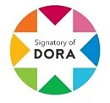
2.png)


